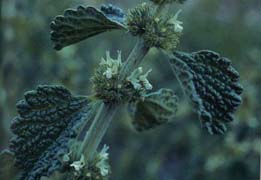There are three general types of structures: the bin, the pen, and the pit. The Pit is pretty obvious, and can be useful in retaining moisture in a dry area. Bins are permanent structures, while pens are portable and can be moved from place to place.
BINS:

The New Zealand Bin
This classic bin really enables aeration to take place.
It is rather attractive, and easy to make (2x4’s and chicken wire).

Variation on New Zealand
This model has four different bins for four stages of decomposition.
The slats in the middle are removable, making shifting and turning easier.

Block/Brick Bin
This bin can either be permanent or portable, depending on whether the bricks are mortared or not.
Blocks should be laid with windows between them for air circulation.

Stair-stepped Bins
This is the ideal method for building compost structures on a slope.
PENS

Pens can be any shape or size. They are quick, easy, and inexpensive. One of the benefits of moving a compost pile is that the mineral rich soil underneath the pile is ideal for growing plants.

Pens can also be made from recycled materials! This one is made with snow-fence. Chicken wire and other types of fencing are ideal, but building a compost structure is also a good opportunity to use your imagination!
All illustrations from:
Martin, Deborah L. and Grace Gershuny (Eds.). The Rodale Book of Composting. Emmaus, PA, 1992 : Rodale Press. 179-195.






